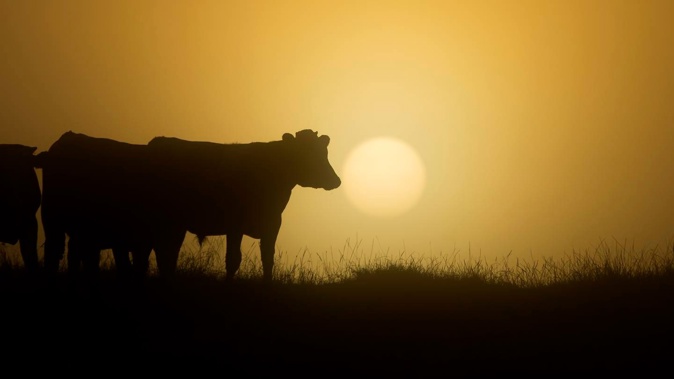
The Government has revealed its much-anticipated plan to price farming emissions, pushing the deadline out to the end of 2025 - five years before National’s plan.
But no legislation will be introduced before Parliament ends on August 31, meaning its fate will be determined entirely by the October election.
The Government had originally planned to have legislation passed before the election, but strong pushback from the sector, a change in Prime Minister and catastrophic weather events are understood to have pushed out that timeframe.
Agriculture Minister Damien O’Connor said they had worked with farming leaders over concerns raised when the Government unveiled a draft plan at the end of last year.
In December, the Government responded to outcry from farmers at an earlier proposal to price agricultural emissions and said final decisions would be made and legislation introduced by the middle of this year. That policy was drawn up on the back of the He Waka Eke Noa sector-led agricultural emissions pricing proposal.
The latest plan ensured the system would measure and price agricultural emissions at the farm level with a “split-gas approach”.
There would be mandatory reporting of farm-level emissions from October 2024 with pricing commencing from October 2025 instead of January as originally proposed. This was still within the timeframe before agriculture would enter the Emissions Trading Scheme (ETS) if no agreement on an alternative method of pricing is reached.
The Government was also committed to setting the price of pollution at the “lowest level possible to meet the reduction goals”.
O’Connor said they would recognise scientifically validated sequestration, or offsetting such as through indigenous vegetation, in the Emissions Trading Scheme.
Public feedback was being sought over deferring legislated farm-level NZ ETS reporting requirements in the Climate Change Response Act 2002 (CCRA).
As part of global efforts to keep global warming below 1.5C, the Government has committed to a 10 per cent reduction in methane emissions from agriculture and landfills by 2030, going up to a 24-47 per cent reduction by 2050, compared to 2017 levels. It comes alongside a net-zero carbon emissions target for 2050.
A key plank in accounting for and bringing down carbon emissions is the Emissions Trading Scheme. This requires polluters to purchase carbon credits for each tonne of emissions they produce.
The scheme, introduced in 2008, included a carve-out for agriculture, which acknowledged the fact mitigation and offsetting of carbon was much simpler than for gases such as biogenic methane emitted from livestock (mainly cow and sheep burps) and nitrous oxide (fertiliser and excrement).
The industry-led He Waka Eke Noa seeks to develop a separate “split-gas” pricing scheme for agriculture, which would be the first in the world, but negotiations on this stalled after the Government last year rejected their proposal.
While the Government tilted in the direction of the He Waka Eke Noa group, deciding to set the levy at the lowest possible price to reduce emissions, parts of the farming sector were unhappy with the rules around sequestration.
Take your Radio, Podcasts and Music with you









